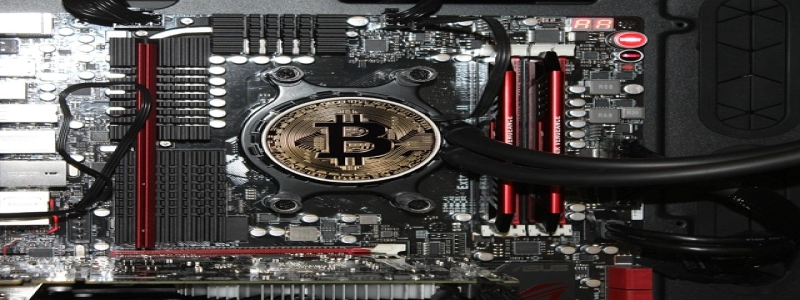How to Identify Ethernet Cable Type
Introduction:
Ethernet cables are commonly used in computer networks to connect devices and transmit data. However, there are multiple types of Ethernet cables available in the market, each with its own specifications and usage. In this article, we will discuss how to identify the different types of Ethernet cables.
I. Understanding Ethernet Cable Categories:
Ethernet cables are categorized into different categories based on their capabilities and performance. The most common categories include Category 5 (Cat 5), Category 5e (Cat 5e), Category 6 (Cat 6), and Category 6a (Cat 6a). Each category has certain specifications related to data transmission speed, bandwidth, and performance.
II. Physical Appearance and Labeling:
One of the easiest ways to identify the type of Ethernet cable is by looking at its physical appearance and labeling. Each category of Ethernet cable usually has specific characteristics that distinguish it from others.
1. Category 5 (Cat 5):
– Cat 5 cables are the oldest and most basic type of Ethernet cables.
– They typically have a maximum transmission speed of 100 Mbps (megabits per second).
– Cat 5 cables have four pairs of twisted copper wires and are often recognized by their blue color.
2. Category 5e (Cat 5e):
– Cat 5e cables are an enhanced version of Cat 5 cables.
– They support higher data transmission speeds of up to 1000 Mbps.
– Cat 5e cables also have four twisted pairs of copper wires, but they are often labeled as \”Cat 5e\” or \”Enhanced\” to differentiate them from Cat 5.
3. Category 6 (Cat 6):
– Cat 6 cables are designed for higher bandwidth and faster data transmission.
– They support speeds up to 10 Gbps (gigabits per second).
– Cat 6 cables often have a thicker diameter compared to Cat 5 and Cat 5e cables.
– They are usually labeled as \”Cat 6\” or \”Gigabit Ethernet\” to signify their capabilities.
4. Category 6a (Cat 6a):
– Cat 6a cables are an improved version of Cat 6 cables.
– They have enhanced shielding and performance, allowing for longer cable runs and reduced interference.
– Cat 6a cables also support speeds up to 10 Gbps like Cat 6 cables.
– They are commonly labeled as \”Cat 6a\” or \”10G Ethernet.\”
III. Testing with Cable Certifiers:
For accurate identification and verification of Ethernet cable types, specialized cable certifiers can be used. These devices test the cable’s performance and provide detailed reports indicating the cable category, bandwidth, and transmission capabilities.
– Cable certifiers measure parameters such as insertion loss, return loss, and crosstalk to determine the cable’s performance.
– They can also identify any faults, such as shorts or open circuits, which may affect the cable’s performance.
Conclusion:
Identifying the type of Ethernet cable is essential to ensure optimal network performance and compatibility. By examining the physical appearance, labeling, and using specialized cable certifiers, you can easily determine the category of an Ethernet cable. Understanding the differences between the various cable categories will help you select the appropriate type for your networking needs.








